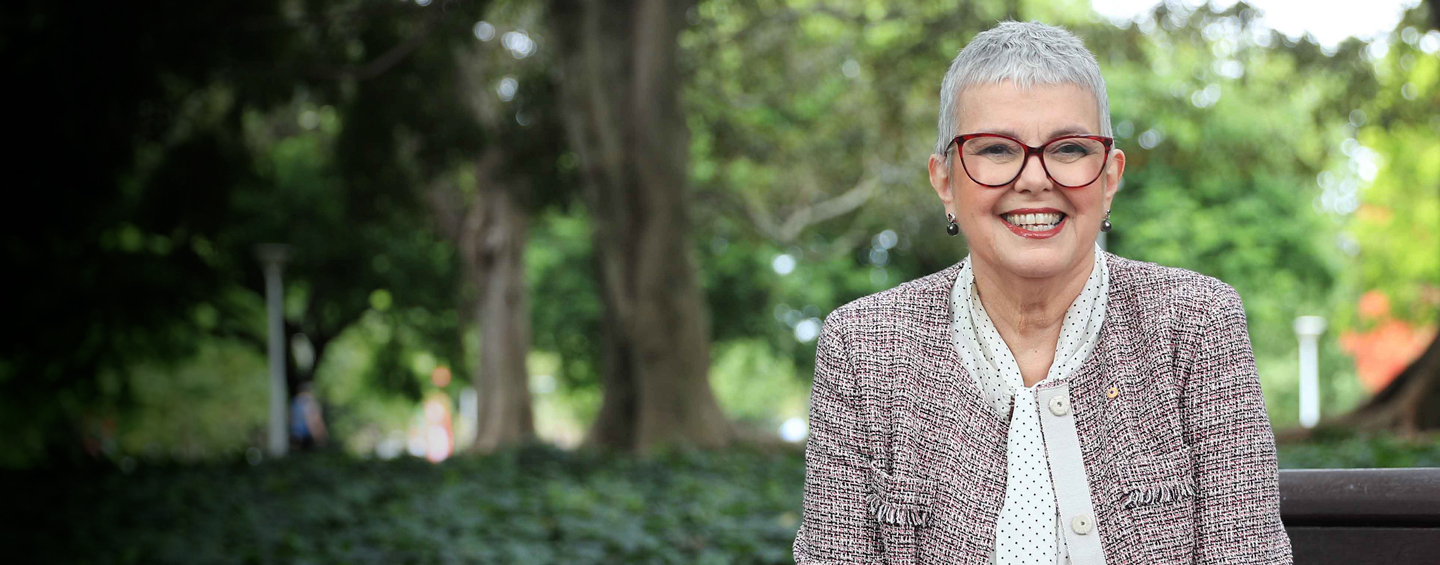On Tuesday, Telstra’s second investor day this year will reveal the missing piece in its strategy for the market: the health business.
Mary Foley, Telstra Health’s CEO, says the business may be small compared to the parent company, but its footprint in Australian health is the largest and most comprehensive of any of its peers. “We have a clear line of sight to being a $500m turnover company by 2025,” Foley says.
“And that’s not just pie in the sky stuff. That’s extrapolating the things we have in play now.”
In the past six months, Telstra Health has bought Power Health on the hospital side, and Medical Director on the GP side. Underpinning these acquisitions is a business that has grown not from inside Telstra but from inside the Australian health system itself.
This unusual strategy has a lot to do with the hiring of Foley four years ago. Telstra Health is a subsidiary of Telstra, run separately with a bespoke board and with a different EBA for its 1500 staff.
The Foley philosophy is that to be successful, Telstra could not just lay digital across a health system, which is a minefield of policy, regulation and weird silos across state and federal domains, hospitals, primary care, pharmacy and aged care.
Foley’s health credentials are unmatched. A former director general of health for NSW, her 45-year career is split between the public and private sectors. She was CEO of St Vincent’s and Mater Health, she ran health at PwC and worked in diagnostics, aged care and academia.
“People love talking about disruption and the Uber revolution and throwing things into the health system. And the health system spits them back,” she says.
“You need to have a deep understanding of how health systems work and what the issues are. So that was the attraction. Here was a chance to shape it in a context where you have one of Australia’s largest companies willing to back a serious investment in the area.”
Foley admits she is no techie. Working in health, she became aware of how digital could transform the system: access, affordability, safety and delivery of care.
By the time she came on board in 2017, Telstra had already made several good but separate acquisitions in areas like telehealth. There were 18 different business lines. The question was where to now? And in short order, Telstra CEO Andy Penn began the T22 agenda to reposition the telco.
“Did this business fit and was it something that energy and most importantly capital dollars should be put into?” Foley remembers the question.
Media speculation even suggested health might be jettisoned.
“Instead, we were able to present a coherent plan, supported by Telstra’s willingness for us to become a subsidiary with significant autonomy and flexibility to run as a health software business rather than as a part of a telco,” Foley says. “We were able to organise ourselves.” She credits both Penn and Telstra Health chair Brendon Riley for the capital backing and support.
Foley embarked on a growth plan that ran in parallel with some of the more high-profile Telstra projects, such as 5G.
Covid forced the “a-ha” moment on digital. “How do I get to see my doctor? And how do I get my medicines when we are all in lockdown at home,” Foley says. “No one wants to go to a waiting room full of people.”
Foley says people think of telehealth, but for her the step change has been clinical monitoring and providing the digital connectivity that joins up the siloed parts of the entire system.
“Hospitals and primary healthcare, oil and water. Your pharmacy and hospitals, oil and water. Pharmacy and GPs are oil and water in that they don’t naturally connect. The poor patient or their families have to join the dots when a patient goes between all of those services,” she says.
The shift Telstra Health is helping to drive at the regulatory, clinical and payment level is monumental. It now has one integrated platform for hospital products and businesses, enabling public and private health services to organise care for patients outside hospitals.
In wards the paper records at the end of a bed have gone. Clinical software digitises patient information and can be accessed by GPs or can link the ward with pathology and radiology.
Connecting the data in the system can literally save lives. “What creates delays in the system is when clinicians don’t have the right information in front of them because it’s locked away in pathology or at the GP, or a different specialist to the previous specialist. None of that traditionally has connected,” Foley says.
The Telstra Health showcase is the national cancer screening register that it built and runs for the federal government, consolidating all the state register services. It is the steward of integrated health records for cervical and bowel cancer screenings.
“We have portals that any clinician can identify themselves and use when they get a patient in front of them. We’ve got patient portals plus we push the information back out to the states and to the commonwealth.”
It was earlier this year that Foley found out that she had cancer. The good news is that she is recovering well.
“Some days I had to say no, I can’t be in the office, and working from home became the norm.” One of the cancer co-ordination nurses told her that working from home had been a boon to chemotherapy patients.
“I have always found throughout my career that when health events happen with yourself or your family, it really anchors you back into what problems are needing to be solved. If you get that right then the commercials take care of themselves.”
When Covid arrived, the problem was that GP and specialist consultations were funded by the federal government as the single national insurer under Medicare.
“You can do as much telehealth as you like, but it’s not going to monetise unless you are actually working with the policy, working with the providers and working out how to navigate it.”
The government needed help to get end-to-end scripts up and running in record time. Telstra Health’s joint venture partner Fred IT had pioneered electronic scripts. For CEO Paul Naismith, who was a technologist and pharmacist, it meant understanding both the digital and the complex regulatory and funding landscape. Fred IT today handles 90 per cent of the script exchange between doctors’ practices and pharmacies.
Telstra Health is growing. In July and August, Foley oversaw two acquisitions, a 70 per cent stake in Power Health for $95m and takeover of Medical Director for $350m.
Medical Director is one of the two largest providers of desktop clinical systems for general practice in the nation supporting 23,000 clinicians delivering 80 million consultations a year. It provides another deep vertical in primary healthcare for connectivity and new insights from data.
Power Health is in all public hospitals and some private hospitals and combines clinical and financial information to support payments systems. Again the rich data can go back to the hospitals. “Why is it that one hospital routinely has a length of stay of three days for a procedure and another one has five? That tells you things about quality, cost, efficiency and patient outcomes,” Foley says.
Power Health also brings international growth with a footprint in Hong Kong, Canada and Europe. Foley says Medical Director is also getting traction in Britain, where Telstra Health UK has bought and rebranded the Dr Foster data analytics business.
Expect any new health announcements on Tuesday to extend the model where Telstra Health looks to its parent Telstra for digital, from cyber support to skill sets.
“It is wonderful having a parent that has these great strengths, but the focus has to be that we are building from inside health systems out, not from outside health systems in,” Foley says.
Article written by Ticky Fullerton and first published by The Australian on 12 November 2021.


 Visit
Visit 





